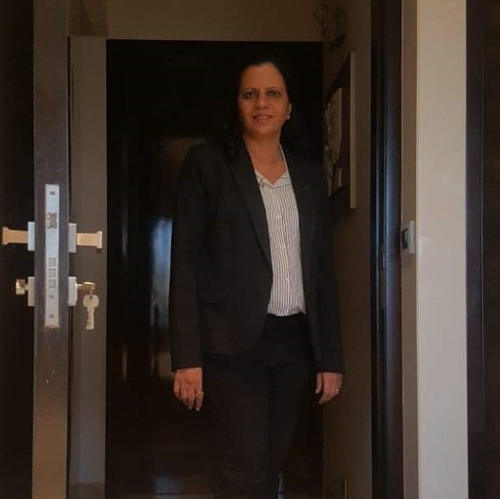Stormwater manholes play a crucial role in managing rainwater runoff on construction sites, ensuring that excess water is efficiently channeled away to prevent flooding, erosion, and other water-related issues. Proper installation and maintenance of these systems are essential for their effectiveness and longevity. Here, we outline best practices for installing and maintaining stormwater manholes on construction sites.
Planning and Design
1. Assess Site Requirements: Before installation, conduct a thorough assessment of the site’s drainage needs, considering the area’s topography, soil type, and expected rainfall. This assessment will help determine the size, type, and placement of stormwater manholes required.
2. Choose Appropriate Materials: Select durable materials that can withstand the site conditions and expected loads. Pre-cast concrete manholes are commonly used for their strength and longevity, but other materials like fiberglass or plastic may be suitable for certain conditions.
3. Design for Accessibility: Ensure that manholes are placed in locations that are accessible for inspection and maintenance. They should be located away from high-traffic areas while still being easily reachable.
Installation
1. Prepare the Site: Before installation begins, clear the area of debris and level the ground where the manhole will be placed. Proper site preparation is key to preventing future settlement or misalignment.
2. Install According to Specifications: Follow the manufacturer’s guidelines and local regulations closely during installation. This includes setting the manhole at the correct depth, aligning it properly within the drainage system, and ensuring that all connections are secure and watertight.
3. Test for Integrity: Once installed, conduct integrity tests such as water tightness tests to ensure there are no leaks and that the system is functioning as designed.
Maintenance
1. Regular Inspections: Schedule routine inspections to check for signs of wear, damage, or blockage. Inspections should be more frequent in areas prone to heavy rainfall or where there is a high likelihood of sediment build-up.
2. Keep Manholes Clean: Remove debris and sediments regularly to prevent blockages that could lead to flooding or overflow. This may require manual removal or the use of specialized equipment depending on the size and design of the manhole.
3. Repair Damage Promptly: Address any damage or wear, such as cracks or leaks, as soon as they are identified. Delaying repairs can lead to more significant issues, including system failure.
4. Monitor Surrounding Area: Keep an eye on the area around stormwater manholes. Ensure that landscaping or construction activities do not impede access or affect the structural integrity of the manhole.
Safety Considerations
Working with stormwater manholes can pose safety risks, especially in active construction areas. It’s crucial to follow safety protocols to protect workers and ensure a safe working environment. This includes using personal protective equipment (PPE), securing the area around open manholes, and ensuring that all personnel are trained in safe working practices.
Environmental Considerations
In addition to managing stormwater, consider the environmental impact of the installation and maintenance activities. Use sustainable practices wherever possible, such as choosing materials with a lower environmental footprint and ensuring that any runoff from the site is treated to remove pollutants before it enters the natural waterways.
Conclusion
Installing and maintaining stormwater manholes on construction sites is a critical task that requires careful planning, execution, and ongoing care. By following these best practices, construction managers can ensure that their stormwater management systems are effective, durable, and safe. This not only helps to protect the construction site from water-related issues but also contributes to the overall health of the surrounding ecosystem by managing runoff in a responsible manner.




